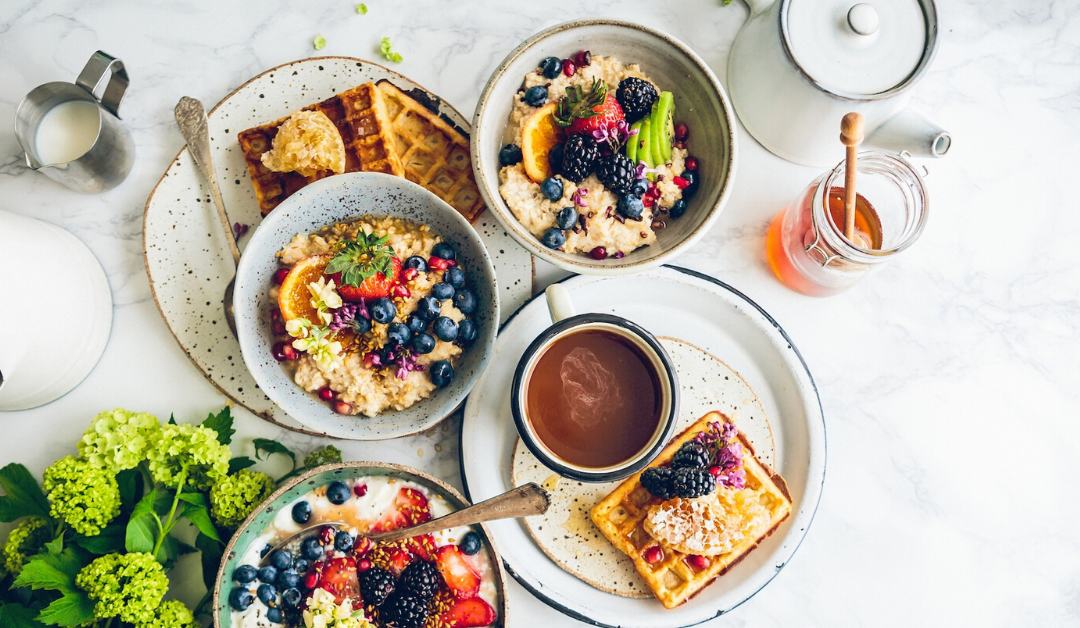Here’s what you need to know….
- Fad diets are challenging to adhere to long-term because they restrict your intake of certain foods, nutrients, or the times at which you eat. This makes them physically, psychologically, and socially stressful.
- Flexible dieting is an objective approach to dieting, which emphasizes tracking calorie & macronutrient intake rather than the foods you eat.
- By allowing you to incorporate foods you enjoy into your diet will be easier to sustain long-term, and it will prevent the type of disordered eating that is associated with many fad diets.
Whether they restrict your intake of certain foods, nutrients, or the times at which you eat, all fad diets will work if you follow them. The reason for this is simple: any diet that reduces your calorie intake and creates a negative energy balance will force your body to use body fat to meets its daily energy needs. Inevitably, this leads to fat loss. The problem is, fad diets have very low adherence rates, with many people finding it difficult to stick to in the long-term. Often, this is because such diets are too restrictive, which makes the process of dieting physiologically and psychologically stressful.
With that in mind, anyone looking to improve their diet for weight loss needs to make sure that it meets the following criteria to be successful. First of all, it must reduce your daily calorie intake to stimulate fat loss. Second, it needs to supply your body with adequate nutrients for growth and repair. Third, it should include your favorite foods to ensure that it is easy to adhere to long-term. There are, to my knowledge, very few fad diets that take all of these criteria into consideration. Recently, however, a new approach to dieting, known as flexible dieting, has emerged and has been shown both empirically and anecdotally to deliver excellent results.
So, what is Flexible Dieting?
Flexible dieting is a nutritional strategy that aims to increase long-term dietary adherence by allowing you to incorporate your favorite foods into your diet. It is based on the premise, which is supported by empirical scientific research, that the quantity of calories in your diet is far more important than the quality of calories when it comes to fat loss. Flexible dieting views foods objectively for their calorie and macronutrient content, rather than subjectively for their perceived quality. This makes it both acceptable and easier to enjoy foods that would have typically been off the menu as part of your diet. This makes the process of dieting less stressful and increases your chances of achieving your goal.
Why Is It Superior To Other Forms of Dieting?
Flexible dieting is superior to fad diets such as Clean Eating because it is objective with the emphasis being placed on your calorie and macronutrient intake, rather than the types of foods that you eat. By tracking your food intake in this way you can avoid two major pitfalls that are associated with fad diets. The first pitfall of Fad Dieting is that by restricting your intake of certain foods, nutrients, or the times at which you eat, you create physiological and psychological cravings for those foods. This makes dieting more stressful than it needs to be and, more often than not, ends in episodes of being eating. The second pitfall of Fad Dieting is that by prioritizing foods based on their subjective ‘quality’ can lay the foundations for eating disorders such as Orthorexia Nervosa (O.N). O.N is defined as an obsession with eating foods that one considers healthy, and it often the result of foods being labeled with emotive language such as good, bad, clean, dirty, healthy, and unhealthy.
How Do I Start Flexible Dieting?
To begin flexible dieting, you will need first to calculate your daily calorie and macronutrient intake, which you can do using the Harris & Benedict Equation. To calculate your macronutrient targets, I would use the following ratios: 35% protein, 35% Fat, 30% Carbs to ensure a relatively even split between the three. Don’t get too caught up on the numbers, to begin with, after a few weeks of constant tracking, you can start adjusting them to suit your goals. To track your calorie intake, you’re going to need a calorie counter or a food diary, which I’ve written about the benefits of here. Personally, I recommend My Fitness Pal as it has a massive database of foods, loads of useful features, and is free to use. Once you’re set-up, begin recording what you eat, paying close attention to your calorie and macronutrient targets. In regards to eating your favorite foods, the easiest way I have found is to take 10% of your daily calorie allowance and reserve that for eating whatever foods you like. The other 90% should be made up of a variety of low calorie, high nutrient foods.
Closing
Flexible dieting is designed to fit your lifestyle and preferences. You can go for a meal with loved ones, or enjoy that treat that you crave, without worrying about going off track, as long as foods fit within your daily macronutrient and calorie goals. Flexible dieting helps to create a healthy relationship with food and takes the worry out of dieting. There’s no ‘cheating’ or eating the ‘wrong’ or ‘dirty’ foods. Without the guilt, there’s less stress, and fewer urges to binge or get off track! It is easy to understand, free to use, and has been used by bodybuilders, physique athlete’s and regular men and women around the world to achieve their body recomposition goals. If you’re looking to lose weight quickly and sustainably, you should try it too. An essential tool for tracking your Calorie & Macronutrient targets is the humble food diary. Read this article to find out why Food Diaries are a great way to control your nutrition and lose weight.


